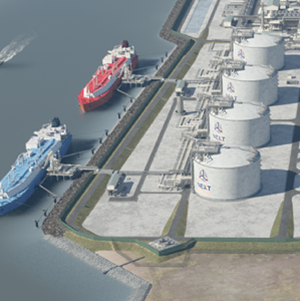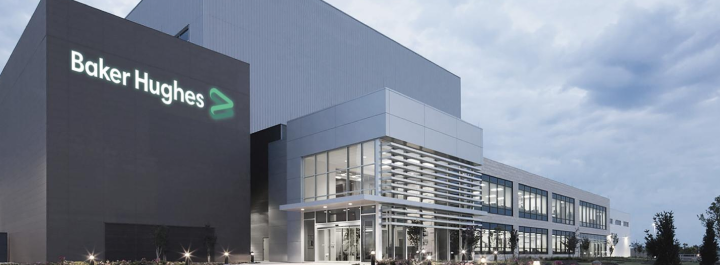(WO) — Baker Hughes has received an order from Bechtel Energy Inc. to supply the primary liquefaction equipment for Train 5 of NextDecade’s Rio Grande LNG project, located at the Port of Brownsville, Texas. The award follows a similar order for Train 4 and forms part of a broader framework agreement covering Baker Hughes’ technology and services for Trains 4 through 8.

Image: NextDecade
The latest order includes two Frame 7 gas turbines and six centrifugal compressors, replicating the proven liquefaction technology deployed in earlier trains. Once complete, the equipment will enable approximately 6 million metric tons per annum (MMtpa) of additional LNG production capacity at the facility.
“Our continued collaboration with Baker Hughes on the Rio Grande LNG project highlights their consistent delivery of industry-leading technology and expertise,” said Bhupesh Thakkar, general manager of Bechtel’s LNG business. “We value their ongoing support as we progress this significant expansion, which will be vital for meeting growing global energy demand.”
Lorenzo Simonelli, Baker Hughes Chairman and CEO, added, “Securing this order for the fifth train underscores confidence in our proven technology and our teams’ dedication. We are pleased to extend our collaboration with Bechtel and NextDecade, providing efficient and reliable solutions for LNG infrastructure critical to sustainable energy development.”
In addition to the liquefaction equipment, Baker Hughes is expanding its digital footprint at Rio Grande LNG through deployment of its Cordant™ Asset Health platform across Trains 1–3. The system enhances equipment monitoring, diagnostics, and visualization of vibration data to improve reliability and operational performance.
The Rio Grande LNG project, developed by NextDecade and engineered by Bechtel, is one of the largest U.S. Gulf Coast LNG export facilities under construction. With Trains 1–3 advancing toward completion and additional trains planned, the project will significantly expand U.S. LNG capacity to meet global demand growth.

